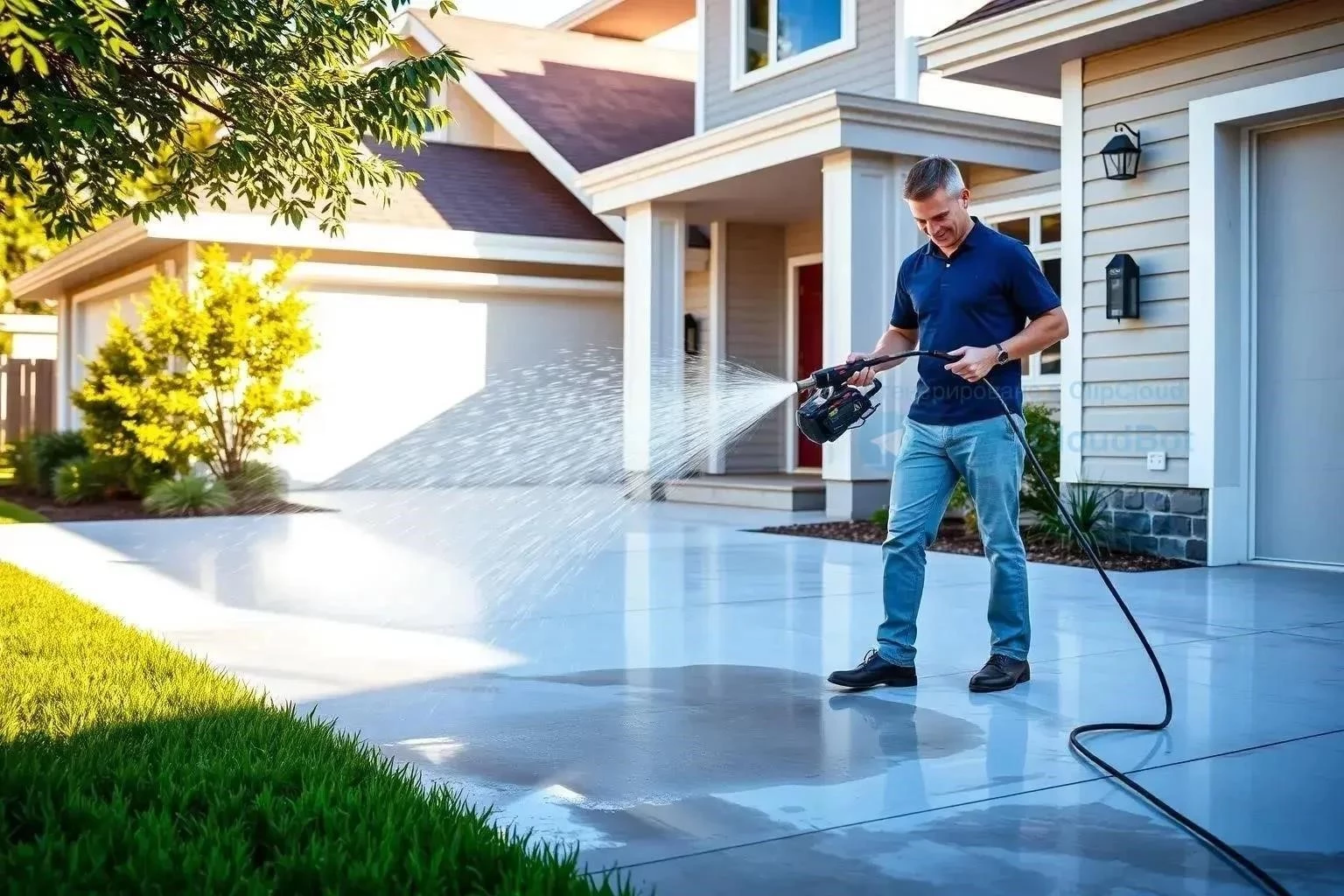Navigating the legal complexities following a slip and fall accident in an industrial setting can be daunting․ These incidents, unfortunately common in environments with heavy machinery, uneven surfaces, and potential spills, often lead to serious injuries and significant financial burdens․ Understanding the nuances of a slip and fall lawsuit in such contexts is crucial for both employers and employees․ This article will delve into the key aspects of these lawsuits, exploring the factors that determine liability and the steps involved in pursuing or defending against a claim․
The Prevalence of Slip and Fall Accidents in Industrial Environments
Industrial settings, by their very nature, present a heightened risk of slip and fall accidents․ The presence of oil, grease, water, and other substances on floors, combined with the constant movement of heavy equipment and personnel, creates a challenging environment․ Common causes include:
- Spilled liquids not promptly cleaned․
- Uneven or damaged flooring․
- Inadequate lighting in work areas․
- Lack of proper safety signage․
- Failure to provide appropriate personal protective equipment (PPE)․
Establishing Liability in a Slip and Fall Lawsuit
Determining liability in a slip and fall lawsuit hinges on proving negligence․ The injured party (plaintiff) must demonstrate that the property owner (defendant) had a duty of care to maintain a safe environment, that they breached that duty, and that this breach directly caused the plaintiff’s injuries․ This often involves establishing the following:
- Duty of Care: Proving the property owner or employer had a responsibility to ensure the safety of individuals on the premises․
- Breach of Duty: Demonstrating the property owner failed to maintain a safe environment, such as by neglecting to clean up spills or repair hazards․
- Causation: Establishing a direct link between the breach of duty and the injuries sustained․
- Damages: Quantifying the financial and emotional damages resulting from the injuries, including medical expenses, lost wages, and pain and suffering․
Key Considerations for Employers and Employees
For employers, proactive measures are essential to prevent slip and fall accidents and mitigate the risk of lawsuits․ These measures include regular safety inspections, prompt hazard remediation, and comprehensive employee training programs․ Clear documentation of safety protocols and incident reports is also crucial․ For employees, understanding their rights and responsibilities is equally important․ This includes reporting hazards, using appropriate PPE, and following established safety procedures․
The Process of Pursuing a Slip and Fall Claim
The process typically involves the following steps:
- Seeking Medical Attention: Prioritize immediate medical care and document all injuries․
- Gathering Evidence: Collect photographs of the accident scene, witness statements, and any other relevant documentation․
- Consulting with an Attorney: An attorney specializing in personal injury law can provide guidance and representation throughout the legal process․
- Filing a Claim: The attorney will file a formal complaint with the appropriate court․
- Negotiation and Settlement: Attempts may be made to reach a settlement with the defendant or their insurance company․
- Litigation: If a settlement cannot be reached, the case may proceed to trial․
Comparative Example: General Premises vs․ Industrial Setting
| Factor | General Premises (e․g․, Retail Store) | Industrial Setting (e․g․, Factory) |
|---|---|---|
| Common Hazards | Spills, uneven flooring, inadequate lighting | Oil spills, heavy machinery, moving equipment, hazardous materials |
| Complexity of Regulations | Relatively straightforward | More complex due to OSHA and other industry-specific regulations |
| Potential Severity of Injuries | Moderate | Potentially severe, including fractures, head injuries, and even fatalities |
| Standard of Care | Reasonable care to maintain a safe environment for customers | Higher standard of care due to the inherently dangerous nature of the work |
The Role of OSHA
The Occupational Safety and Health Administration (OSHA) plays a significant role in industrial settings․ OSHA regulations mandate specific safety standards aimed at preventing workplace accidents, including slip and falls․ Violations of these regulations can be used as evidence of negligence in a slip and fall lawsuit․

